In Photos: The Vanishing Ice of Baffin Island
End of the Ice
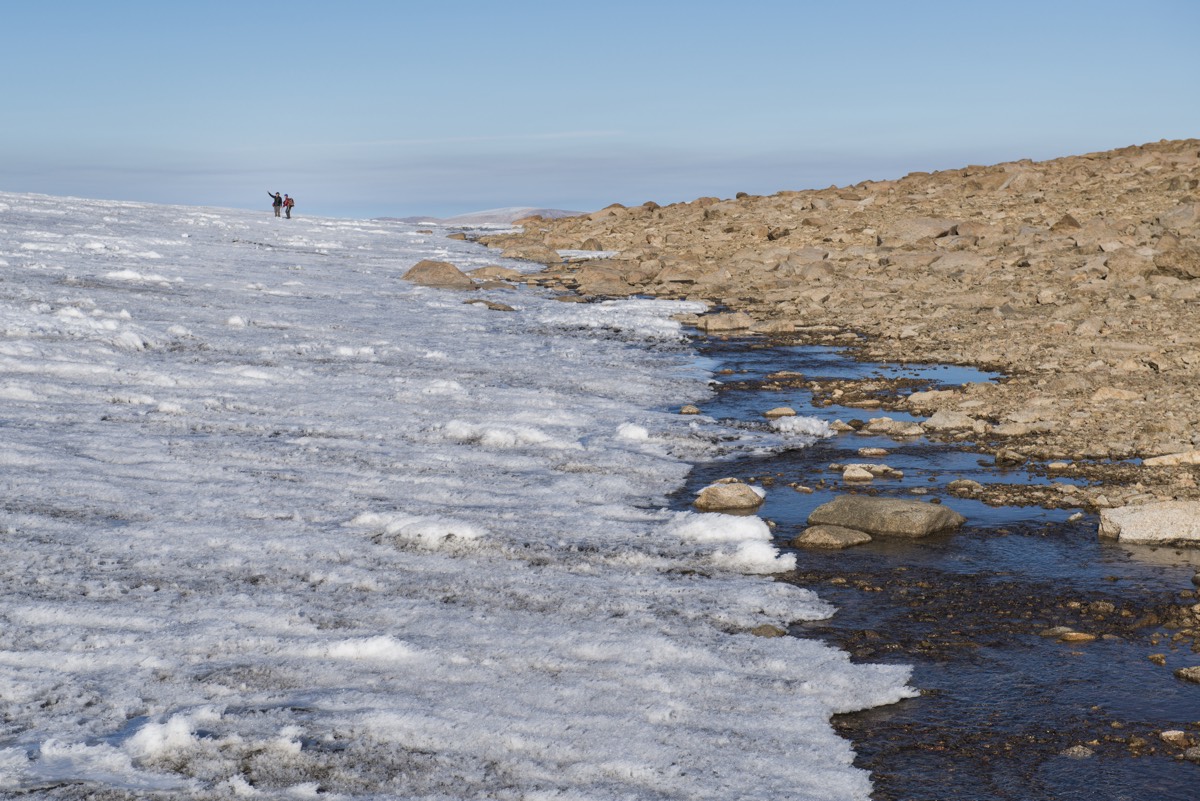
At the boundary of ice and rock on Baffin Island in the Canadian Arctic, scientists from the University of Colorado Institute of Arctic and Alpine Research confer. The landscape exposed as the ice caps on Baffin Island shrink has likely not seen the sun for 40,000 years — and in fact, may have been covered with ice for as many as 120,000 years before global warming changed everything.
Ancient moss
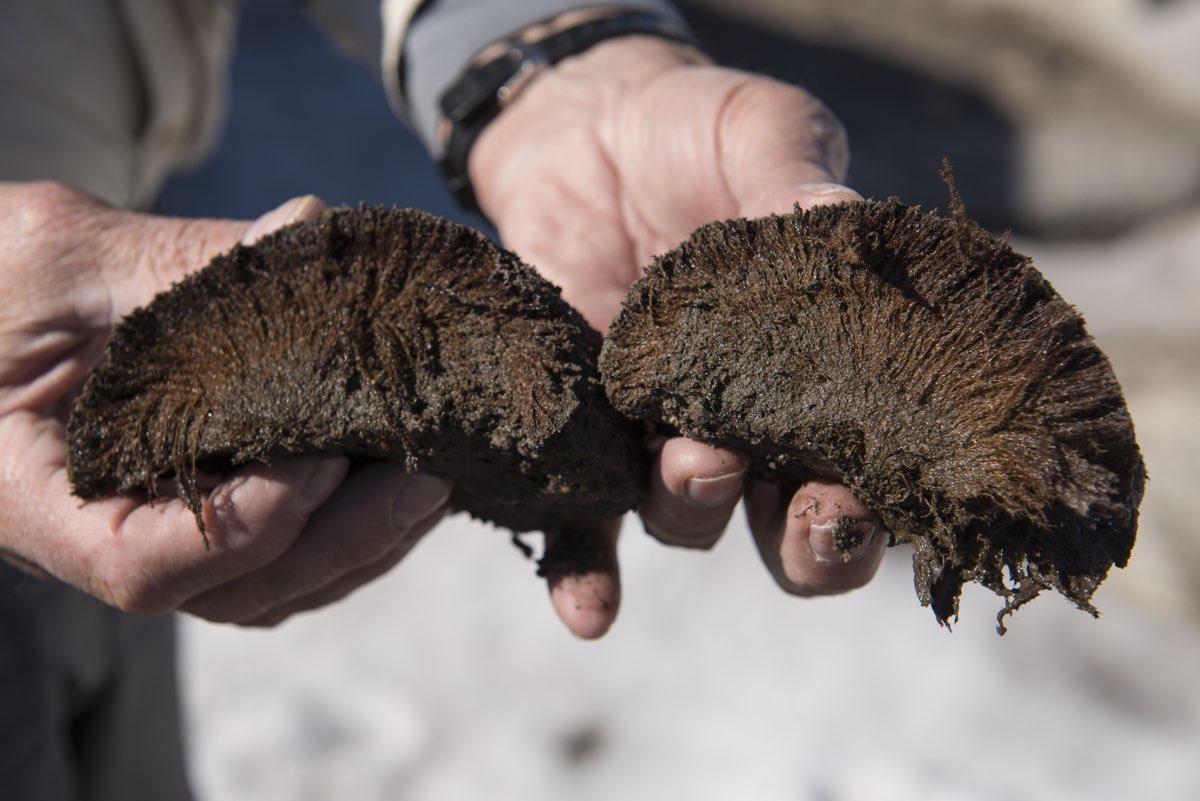
Two sections of ancient, dead moss collected from the edge of a retreating ice cap on Baffin Island. Much of the interior of this island is high, flat tundra. The ice atop the tundra doesn't flow or slide, so any vegetation trapped underneath is preserved as if under glass. When the ice melts, the vegetation is exposed, briefly, before wind and water degrade it away.
An ephemeral record
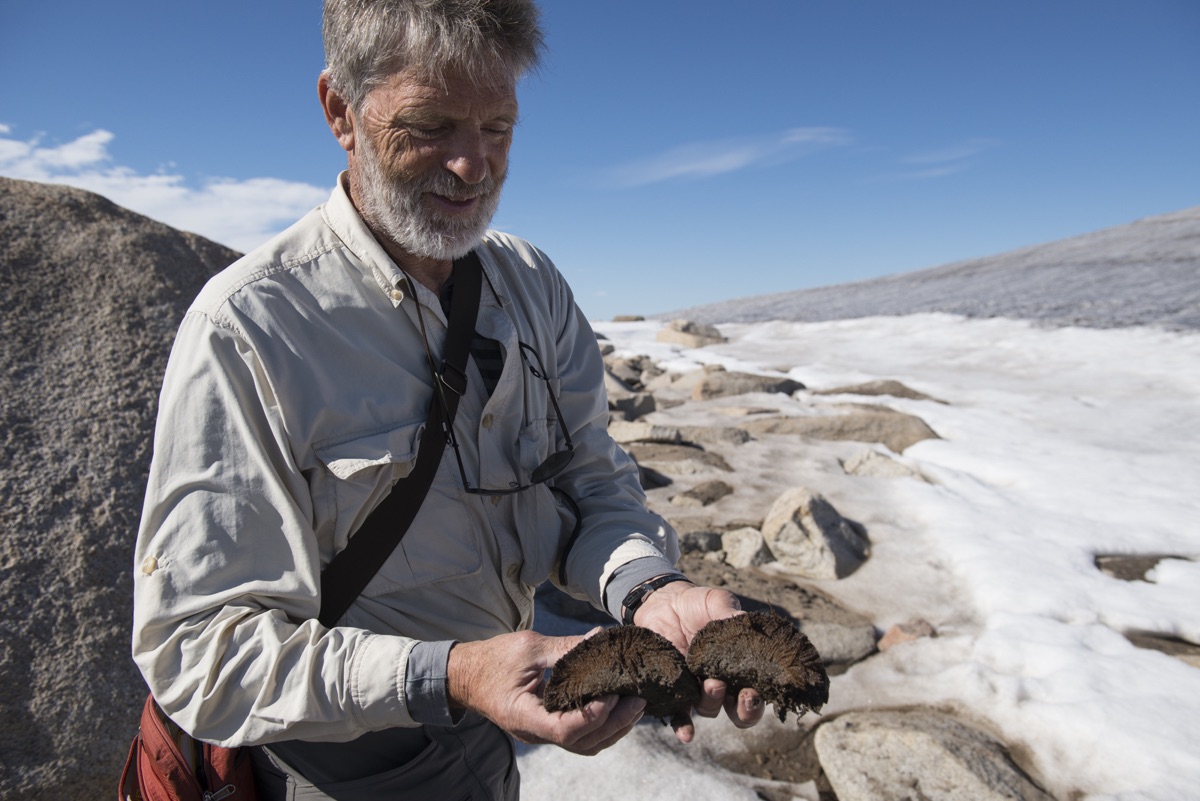
University of Colorado, Boulder professor Gifford Miller holds a sample of ancient moss on Baffin Island. By measuring isotopes of radioactive carbon within the plant, researchers can tell how long it has been since the vegetation was last alive. The results suggest that the landscapes being exposed on Baffin Island today are older than the oldest date that radiocarbon methods can detect — 40,000 years. [Read more about the hidden Arctic landscapes]
Measured retreat
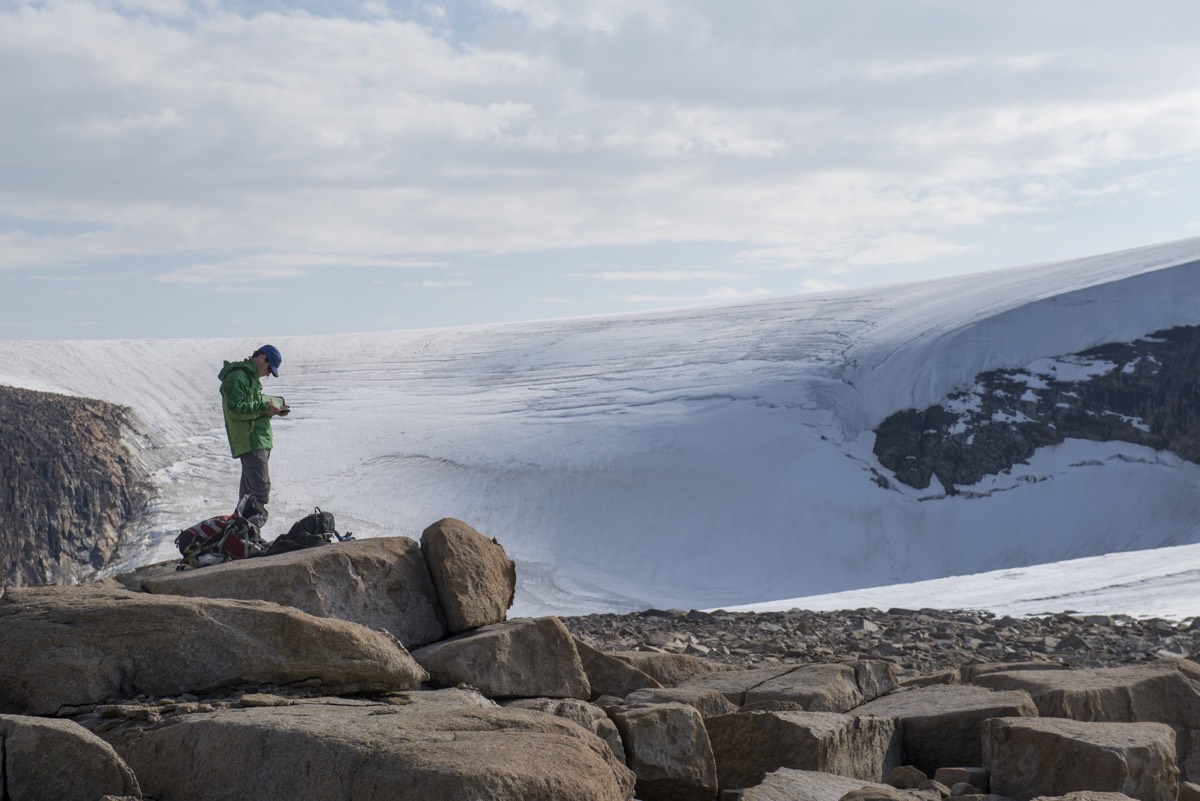
University of Colorado, Boulder doctoral student Simon Pendleton overlooks the ice on Baffin Island. Pendleton and his colleagues dated both vegetation and rock recently exposed by retreating ice in 30 places on eastern Baffin Island. Their results, combined with Arctic temperature data, suggest that the landscapes have likely been covered by ice for a total of 120,000 years.
Delicate exploration
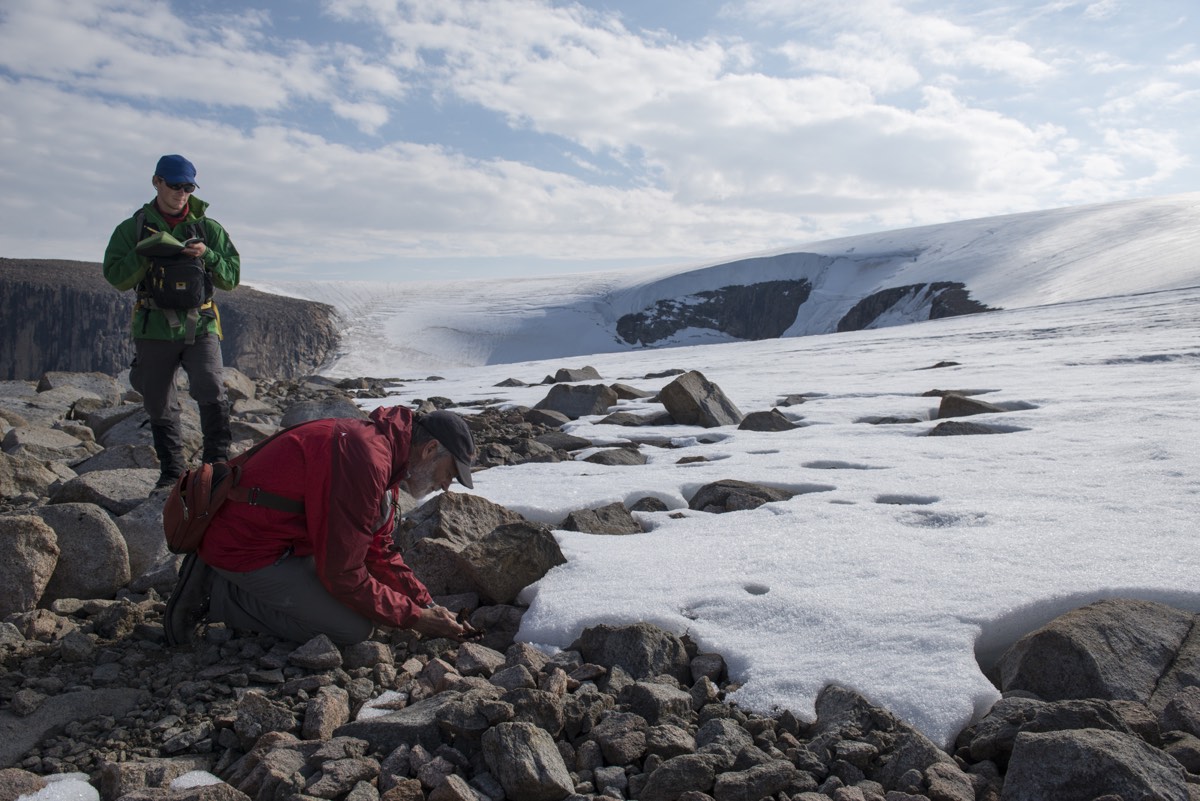
Simon Pendleton (left) and Gifford Miller (right) search the edge of the ice on Baffin Island for ancient vegetation samples. Since sampling started in 2005, the retreat of the ice has been noticeable, Pendleton told Live Science.
"To be able to stand there and see that change is — I don't have a good word for it," Pendleton said. "It's kind of breathtaking, in a way."
Keeping up
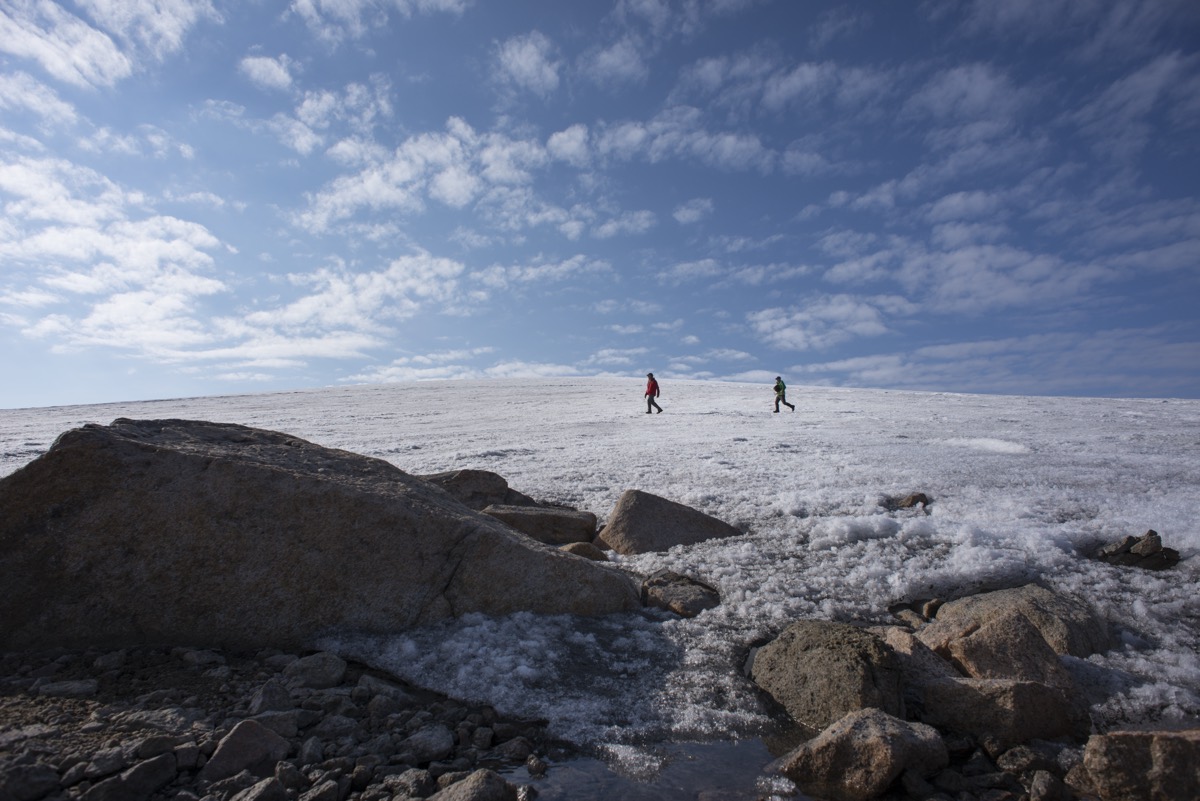
University of Colorado, Boulder, researchers traverse the ice on Baffin Island in Nunavut Territory, Canada. The island is the largest in Canada and is home to Arctic creatures, ranging from caribou and polar bears to snow geese and terns. About 11,000 people also call the island home, most residing in the capital city, Iqaluit.
Shrinking ice
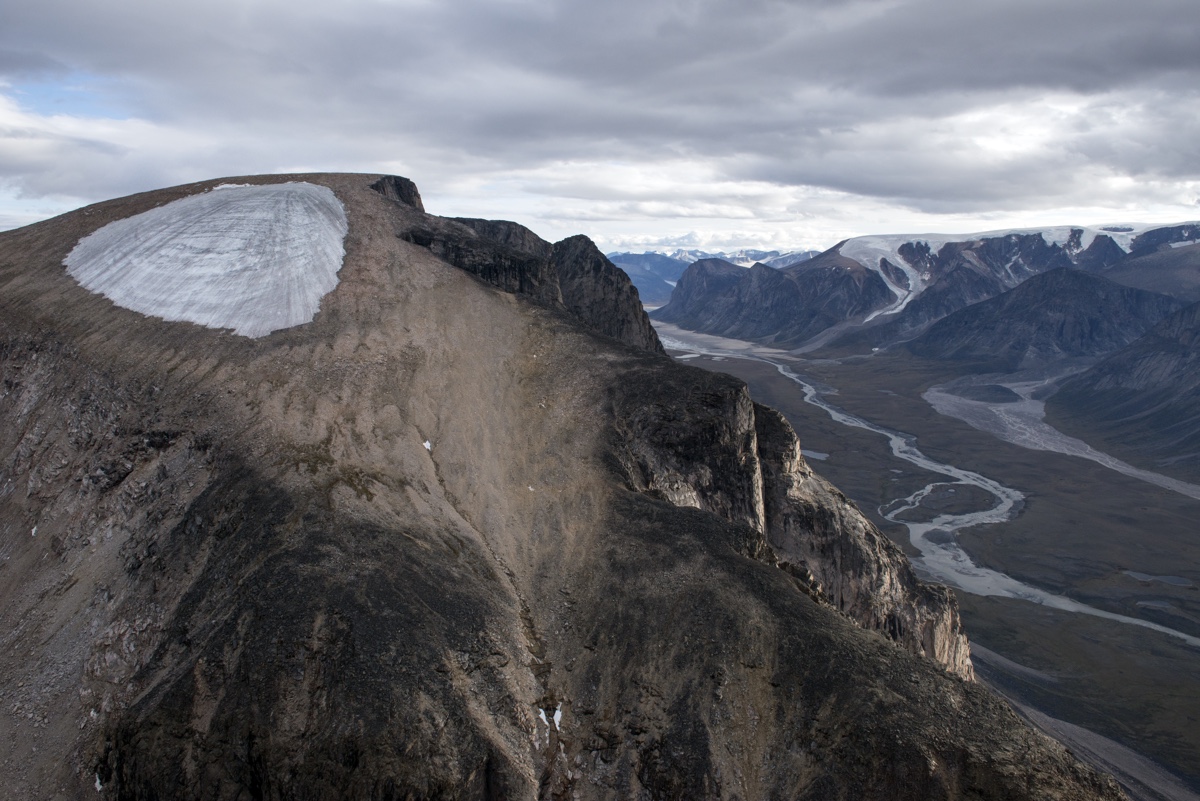
The shrinking ice of Baffin Island matches a trend of melt seen across the Arctic. Winter and summer temperatures are bizarrely high; in fact, Pendleton said, the Arctic is warming two to three times faster than the rest of the globe. Even multiyear, virtually permanent sea ice is vanishing. Permafrost (soil that stays frozen year-round) is also melting.
Ancient life, revealed
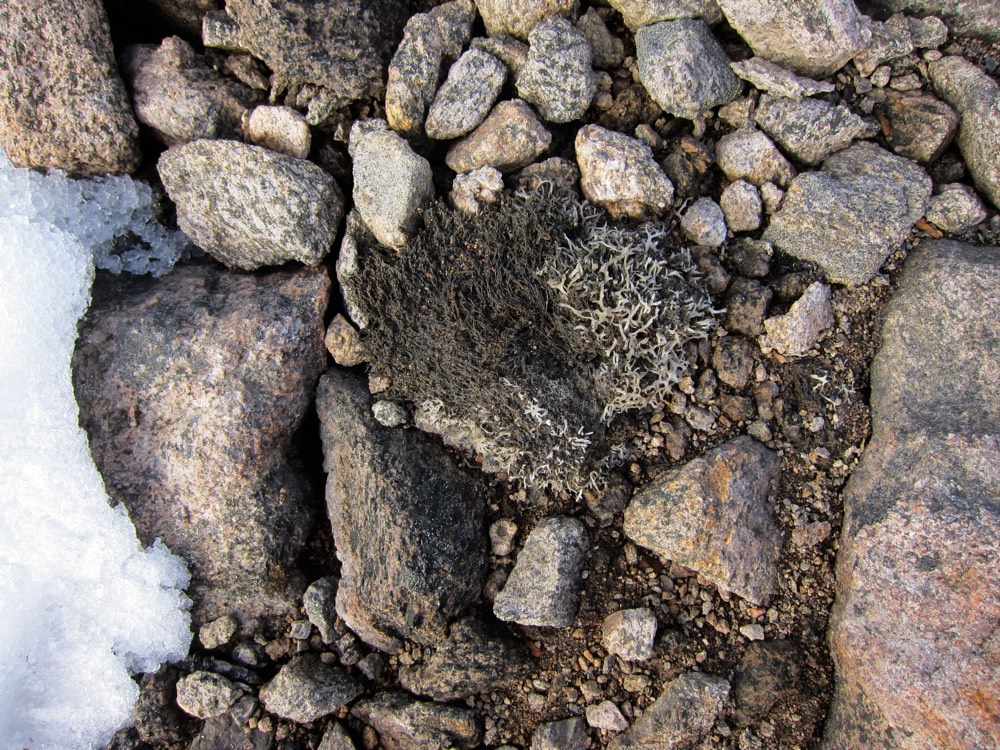
A clump of ancient moss, exposed at the edge of the Barnes Ice Cap on Baffin Island. This ancient vegetation, killed when the ice cap first entombed it tens of thousands of years ago, disappears rapidly once exposed, blown away by wind or washed away by water. But if scientists can sample the moss before it vanishes, they can figure out when it last saw the sun.
Aerial view
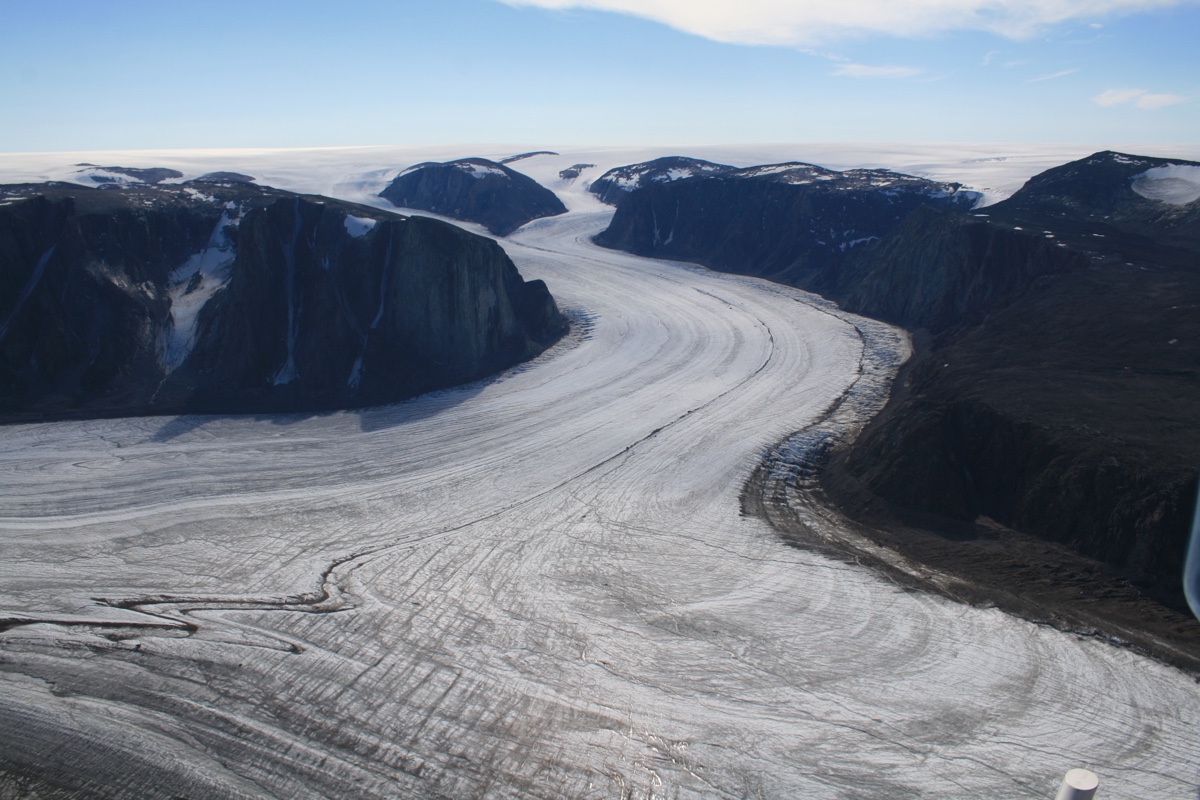
A glacier on Baffin Island, Canada. The University of Colorado, Boulder's Gifford Miller reported a decade ago that the ice fields on the island have shrunk 50 percent in 50 years and might be gone entirely in 50 more.
Observing the change
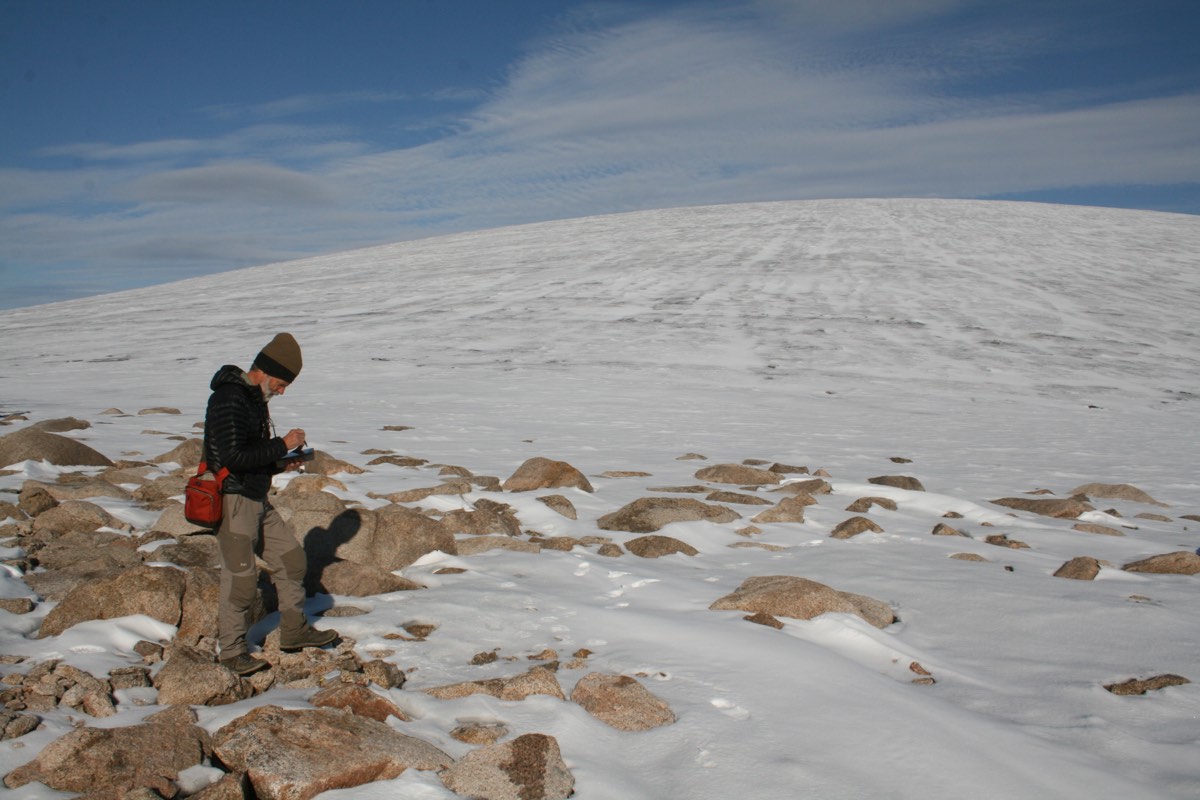
Gifford Miller (pictured) and his doctoral student Simon Pendleton published their findings about the vegetation exposed by the melting ice on Jan. 25, 2019, in the journal Nature Communications. The plants provided direct evidence that the ice had previously persisted at least 40,000 years ago. Temperature data from the nearby Greenland Ice Sheet suggest that the Arctic was last as warm as it is today 120,000 years ago. The ice coverage was likely continuous from then until anthropogenic climate change in recent years.
Sample site
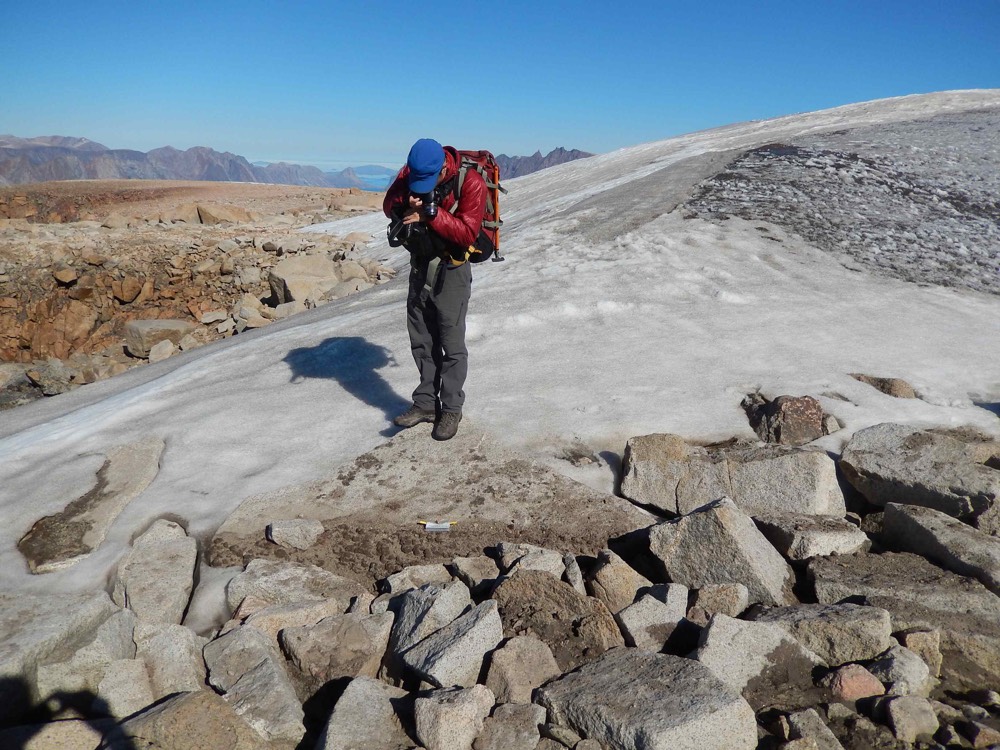
Doctoral student Simon Pendleton documents a sample site near the edge of an ice cap on Baffin Island. Researchers sampled newly exposed ancient vegetation from within about 3 feet (1 meter) of the edge of the ice. Because the ancient plants are very fragile, the ones the researchers sampled were likely exposed the year that they were studied.
Sign up for the Live Science daily newsletter now
Get the world’s most fascinating discoveries delivered straight to your inbox.

Stephanie Pappas is a contributing writer for Live Science, covering topics ranging from geoscience to archaeology to the human brain and behavior. She was previously a senior writer for Live Science but is now a freelancer based in Denver, Colorado, and regularly contributes to Scientific American and The Monitor, the monthly magazine of the American Psychological Association. Stephanie received a bachelor's degree in psychology from the University of South Carolina and a graduate certificate in science communication from the University of California, Santa Cruz.










